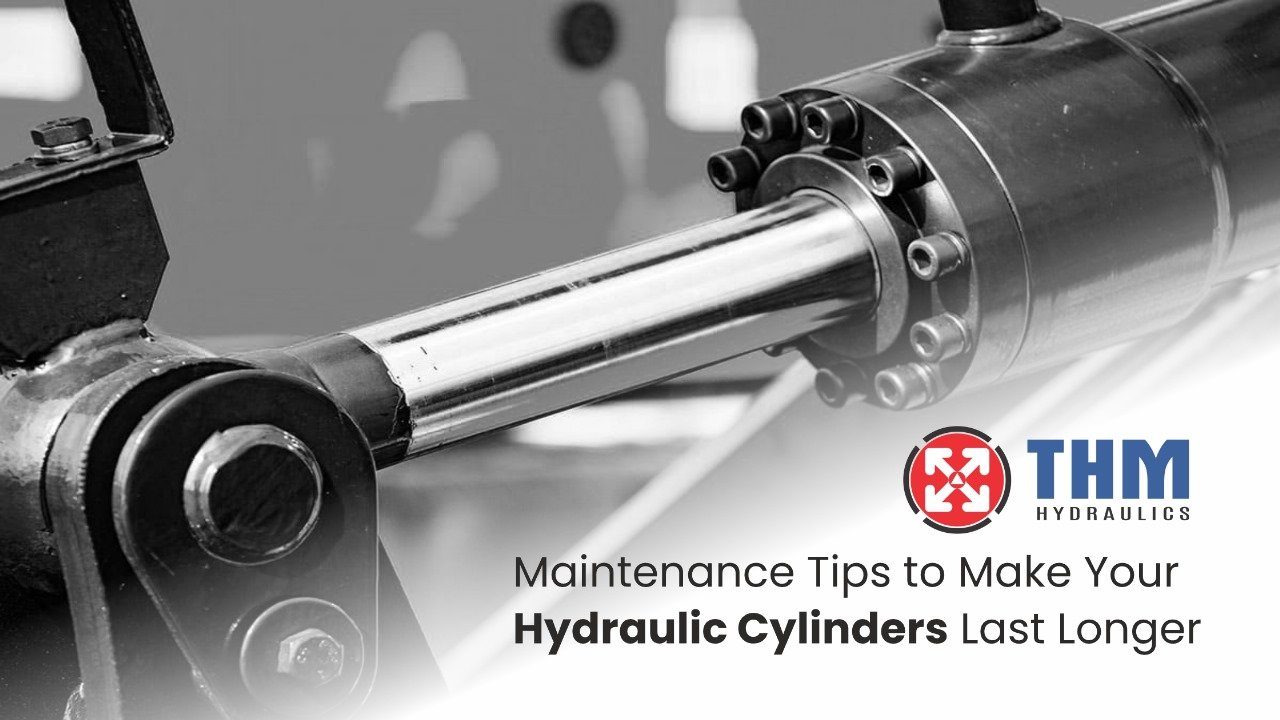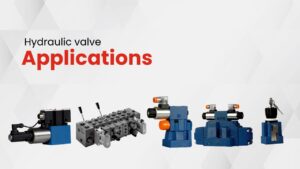Hydraulic cylinders are important parts in heavy-duty work in many industries. Maintaining equipment well in construction, manufacturing or industry ensures it will last longer and be used more often.
Understanding the Basics of Hydraulic Cylinders
It is necessary to learn about the hydraulic cylinder’s structure and how it works before learning maintenance tips.
What is the Process of Hydraulic Cylinders?
Hydraulic cylinders change hydraulic energy into force that can be used mechanically. The cylinder is filled with pressurized fluid which moves the piston and creates a straight motion.
Important Hydraulic Cylinder Parts
- Barrel: Keeps the pressure and directs the piston.
- Piston: Creates two different pressure zones within the cylinder.
- Rod: Carries the force from the turbine to the machine.
- Seals: Stop leakage and contamination from happening.
- End caps are there to hold the parts of a toy together.
There are various types of hydraulic cylinders
- Single Acting Cylinder – Hydraulic pressure moves the piston in one way, while spring or gravity returns it.
- Double Acting Cylinder – Hydraulic pressure is used to operate it in both directions.
- Telescopic Cylinder – Employed when you require a long stroke in a narrow area.
Most industrial hydraulic cylinders and construction equipment use Welded & Tie-Rod Cylinders.
Important Advice for Extending the Life of Your Cylinder
Looking after hydraulic cylinders helps them work better, use less energy and last longer. These are the best tips for you:
1. Regular Inspection
- Check for leaks, corrosion and pitting on the rods.
- Check for rods that are bent and surfaces that have been scored.
- Pay attention to any strange sounds that appear while the machine is running.
2. Make sure your water is clean by checking for contamination
- Always remember to use hydraulic fluid that is clean.
- Change your filters regularly.
- Make certain the hydraulic system is well sealed.
3. Moving Parts Need to be Lubricated
- Lubrication reduces the chance of friction and protects moving parts from becoming damaged.
- Lubricate the grease rod ends and pivot points as the manual suggests.
4. Keep the surface of your rod clean
- Rod damage is a frequent reason for failure.
- Install rod boots or bellows to stop debris from collecting in your system.
5. Examining and Replacing Seals
- Make sure the seals are not brittle, cracked or torn.
- During routine servicing, change the seals to stop any leaks.
6. Set Up Your Device in the Right Way
- When your tires are not aligned, they begin to wear down unevenly on one side.
- Make sure the mounting hardware is firmly fixed and correctly lined up.
7. Watch the Pressure Tank Settings
- Be careful not to fill the cylinder too much.
- Make sure to include relief valves in order to keep pressure inside the specified range.
8. Select a Cylinder That Is Fitted for the Task
- Employing hydraulic cylinders in industrial construction equipment can shorten their lifespans.
- Choose cylinders by considering their load, stroke length and how much pressure they will need.
How to Fix a Hydraulic Cylinder
If anything goes wrong, prompt repairs will bring the system back to normal:
Common Problems That Require Repairs Are:
- Changing old seals and O-rings.
- Smoothing out or changing a piston rod that has scratches.
- Correcting the curve in a bent rod.
- Removing polluted hydraulic fluid.
Always look up the manufacturer’s advice or get a hydraulic technician involved if there is severe damage.
Single v/s Double Acting Cylinder: What Maintenance Is Required
- Single Acting Cylinder: There are fewer pieces, but be careful of spring fatigue and outside stresses.
- Double Acting Cylinder: Because it works in both directions, it needs frequent checks of the seals.
Industrial Application: Special Maintenance for Construction Equipment
Hydraulic cylinders in construction equipment are frequently exposed to difficult conditions. Try these additional suggestions:
- Remove mud and dirt from around seals every day.
- Make sure to regularly check machines that work in rough environments.
- Choose fluids that are resistant to temperature changes and contamination from water.
Signs Your Hydraulic Cylinder Needs Maintenance
- When the movement is slow and uneven or quick and jerky
- Leaks that can be seen at the seals
- Sounds or vibrations that are not normal
- A reduction in the amount of weight the machine can handle
Final Tips to Extend Cylinder Life
- Record all your maintenance activities in a log and stick to a routine.
- Make sure your operators are trained on the best ways to do their jobs.
- Only use parts that are recommended by the manufacturer.
- Spare cylinders should be stored in a spot that is both clean and dry.
Conclusion – Maximize Durability with These Simple Tips
Many machines and processes depend on hydraulic cylinders. Knowing the principles and differences of these cylinders helps you maintain them properly. If you use hydraulic cylinders in construction or in industry, these tips can make them last longer and require less repair.
By choosing high-quality components from trusted suppliers like THM Huade, and regularly checking your hydraulic system, you ensure it stays efficient, powerful, and reliable for a long time.


